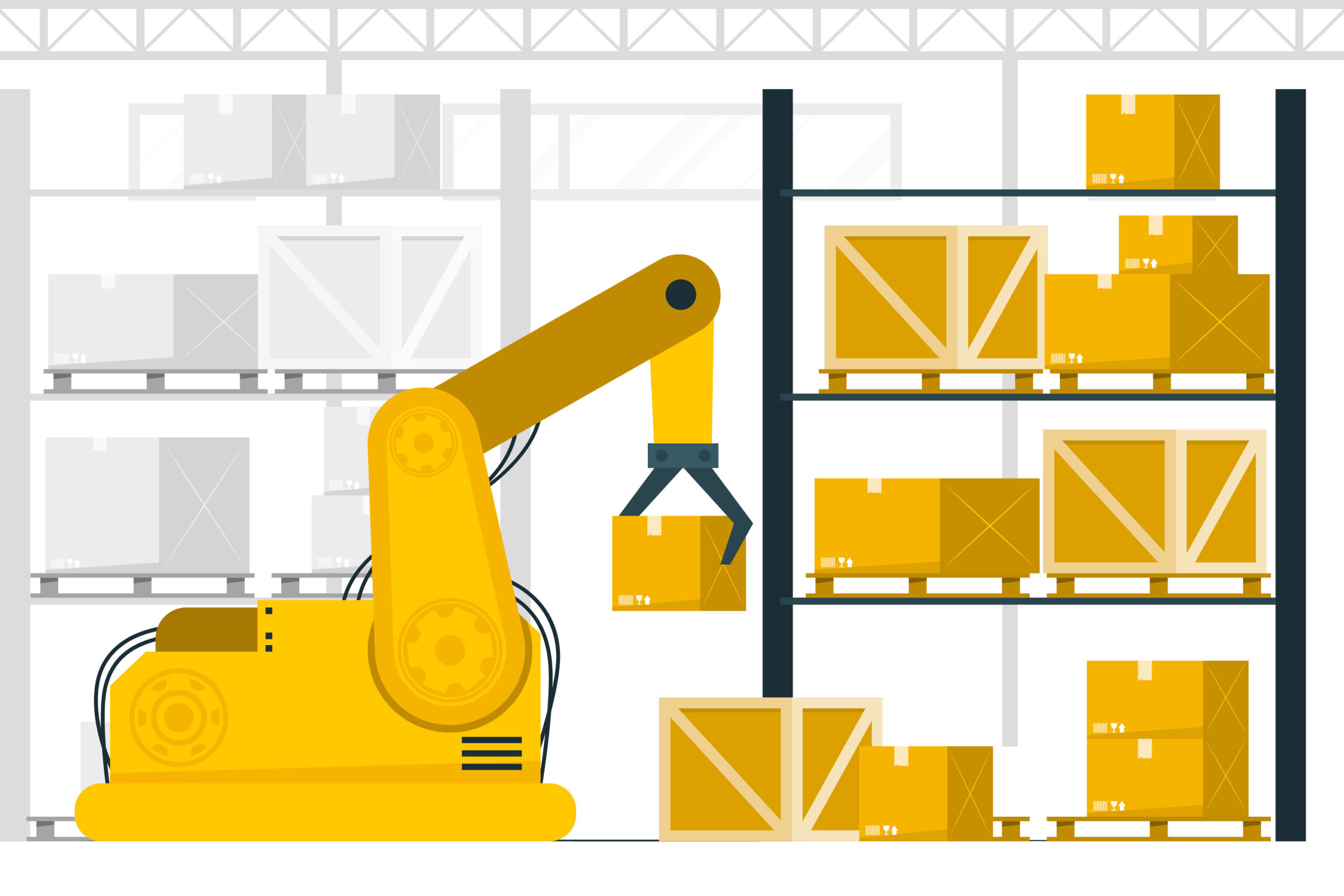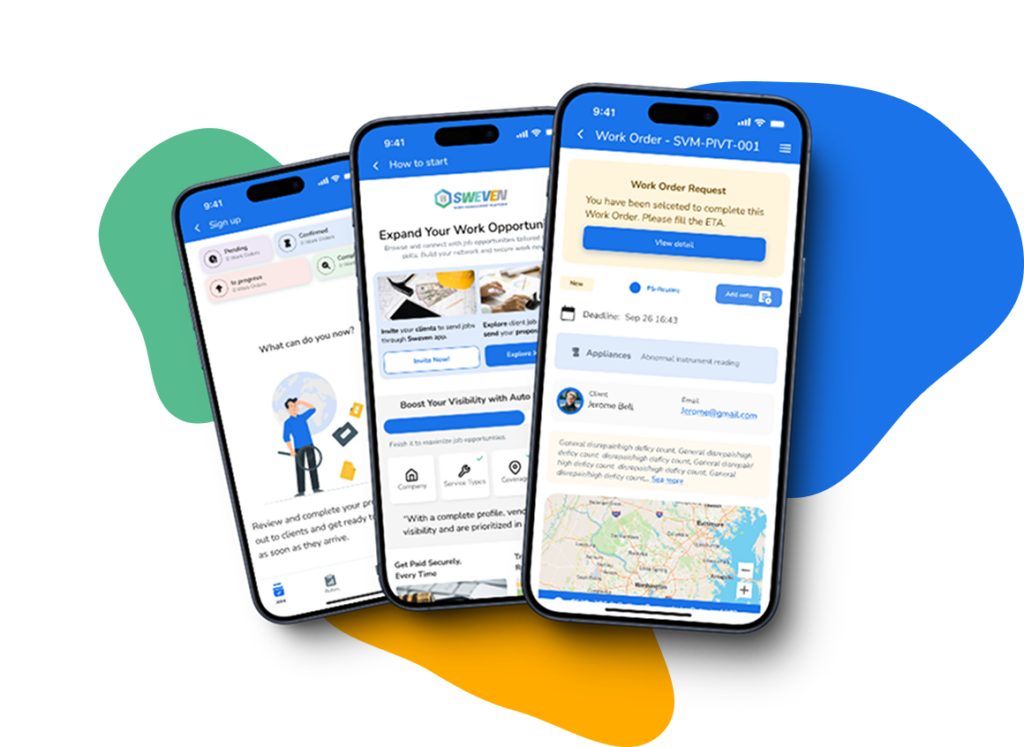Introduction:
As aggregators play a pivotal role in the tech industry, they face the formidable challenge of integrating data from diverse sources, including vendors, customers, and internal systems. Managing and synchronizing this data in real-time to provide accurate and up-to-date information presents a complex task, particularly when dealing with disparate systems and formats. In this blog, we delve into the intricacies of data integration faced by aggregators in the tech industry and explore strategies to overcome these challenges for seamless operations and enhanced efficiency.

The Complexity of Data Integration:
Aggregators serve as intermediaries between various stakeholders in the tech industry ecosystem, facilitating collaboration and coordination across multiple fronts. However, the process of data integration poses several challenges:
Disparate Data Sources: Aggregators must contend with data sourced from a myriad of systems, including vendors’ databases, customer records, and internal management platforms. Each source may employ different data formats, structures, and protocols, complicating the integration process.
Real-Time Synchronization: The need for real-time data synchronization is paramount in the tech industry, where rapid changes and updates occur frequently. Aggregators must ensure that data from multiple sources is synchronized seamlessly to provide accurate and up-to-date information to stakeholders.
Data Quality and Consistency: Maintaining data quality and consistency across disparate sources is essential for reliable decision-making and operational efficiency. Aggregators must implement robust data validation and cleansing processes to mitigate the risk of errors and inconsistencies.
Compatibility and Interoperability: Integrating data from diverse systems requires compatibility and interoperability between different platforms and technologies. Aggregators may encounter compatibility issues, data format mismatches, and interoperability challenges when integrating data from heterogeneous sources.

Strategies for Overcoming Data Integration Challenges:
Standardized Data Formats: Implement standardized data formats and schemas across all stakeholders to streamline the integration process and ensure consistency in data representation.
Data Mapping and Transformation: Develop data mapping and transformation mechanisms to translate data from disparate sources into a unified format, facilitating seamless integration and interoperability.
API Integration: Leverage Application Programming Interfaces (APIs) to establish direct connections with external systems and automate data exchange processes, enabling real-time synchronization and reducing manual intervention.
Data Quality Assurance: Implement data quality assurance measures, such as data validation rules, error detection mechanisms, and outlier detection algorithms, to ensure the accuracy, completeness, and consistency of integrated data.
Middleware Solutions: Invest in middleware solutions or Integration Platform as a Service (iPaaS) offerings that provide pre-built connectors, data mapping tools, and workflow automation capabilities to streamline data integration across disparate systems.
Data Governance Framework: Establish a robust data governance framework encompassing data ownership, security protocols, access controls, and compliance requirements to ensure data integrity and regulatory compliance throughout the integration process.
Continuous Monitoring and Optimization: Continuously monitor data integration processes, track performance metrics, and identify areas for optimization to enhance efficiency, reliability, and scalability over time.

Conclusion:
Data integration is a critical enabler of success for aggregators in the tech industry, facilitating seamless collaboration and information exchange among stakeholders. By implementing the strategies outlined in this blog, aggregators can overcome the complexities of data integration, unlock the full potential of their data assets, and drive value creation across the tech industry ecosystem. With a focus on standardization, automation, and continuous improvement, aggregators can navigate the challenges of data integration with confidence, resilience, and agility, positioning themselves for sustained growth and competitive advantage in the dynamic tech landscape.
















